Report this entry
More from the same community-collection
Union Plaza Parking and Terminal
Features: 417-car space, mixed-use bus transit parking facility ...
Students at The Texas State School of Mines and Metallurgy.
Students walking on campus at The Texas State School of Mines ...
Sentimental Journey -El Paso AirShow 2009
Sentimental Journey (44-83514) is the nickname of a B-17G Flying ...
Football - Texas State School of Mines and Metallurgy
Football game at The Texas State School of Mines and Metallurgy, ...
Drummajor at The Texas State School of Mines and Metallurgy
Drummajor at The Texas State School of Mines and Metallurgy, now ...
El Paso Electric Railway Co. Line Crews
El Paso Electric Railway Company linemen working on line early ...
El Paso Electric Railway Company Railway Car
El Paso Electric Railway Company Railway car (Circa 1901)

















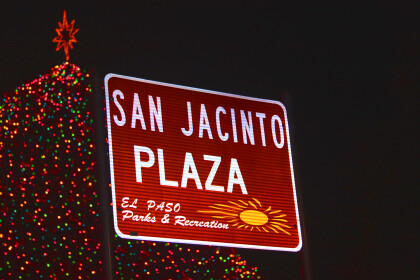
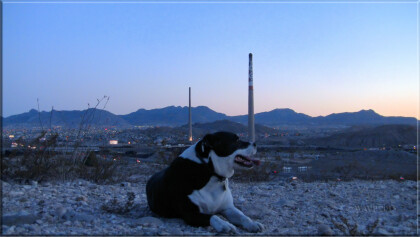

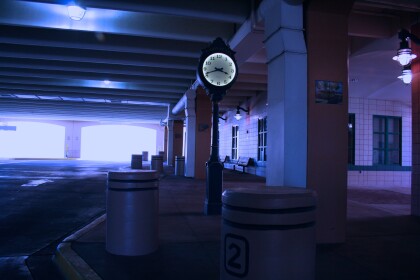
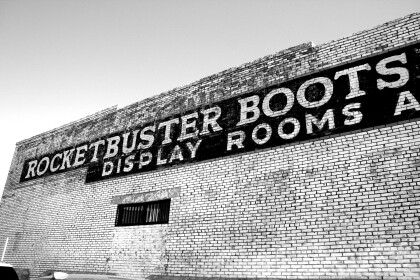
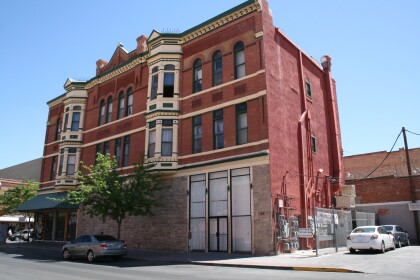
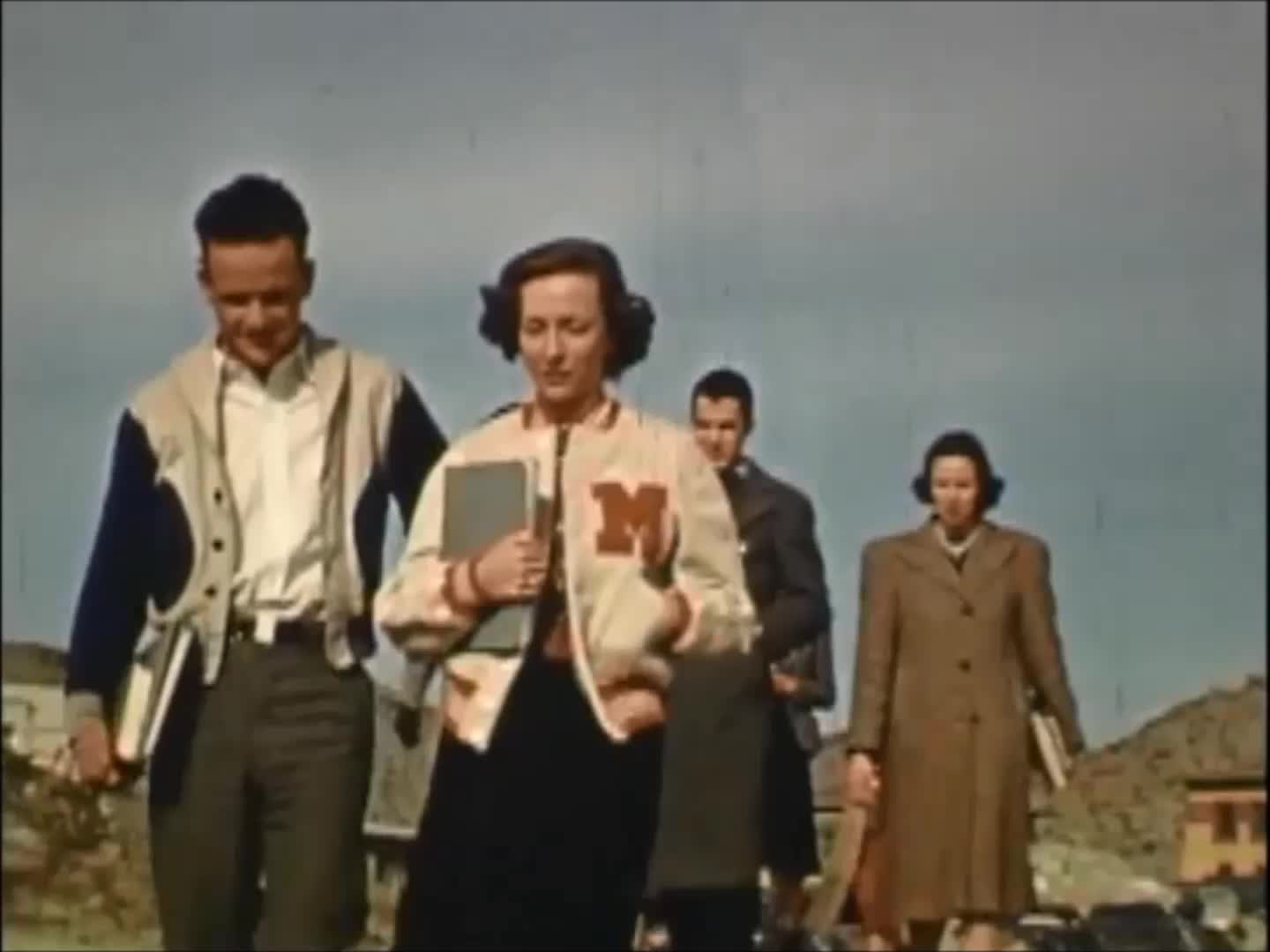
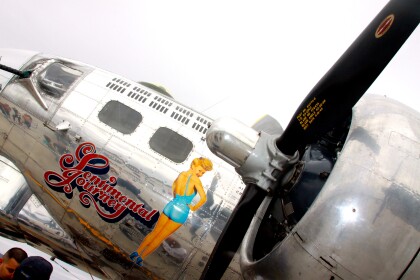

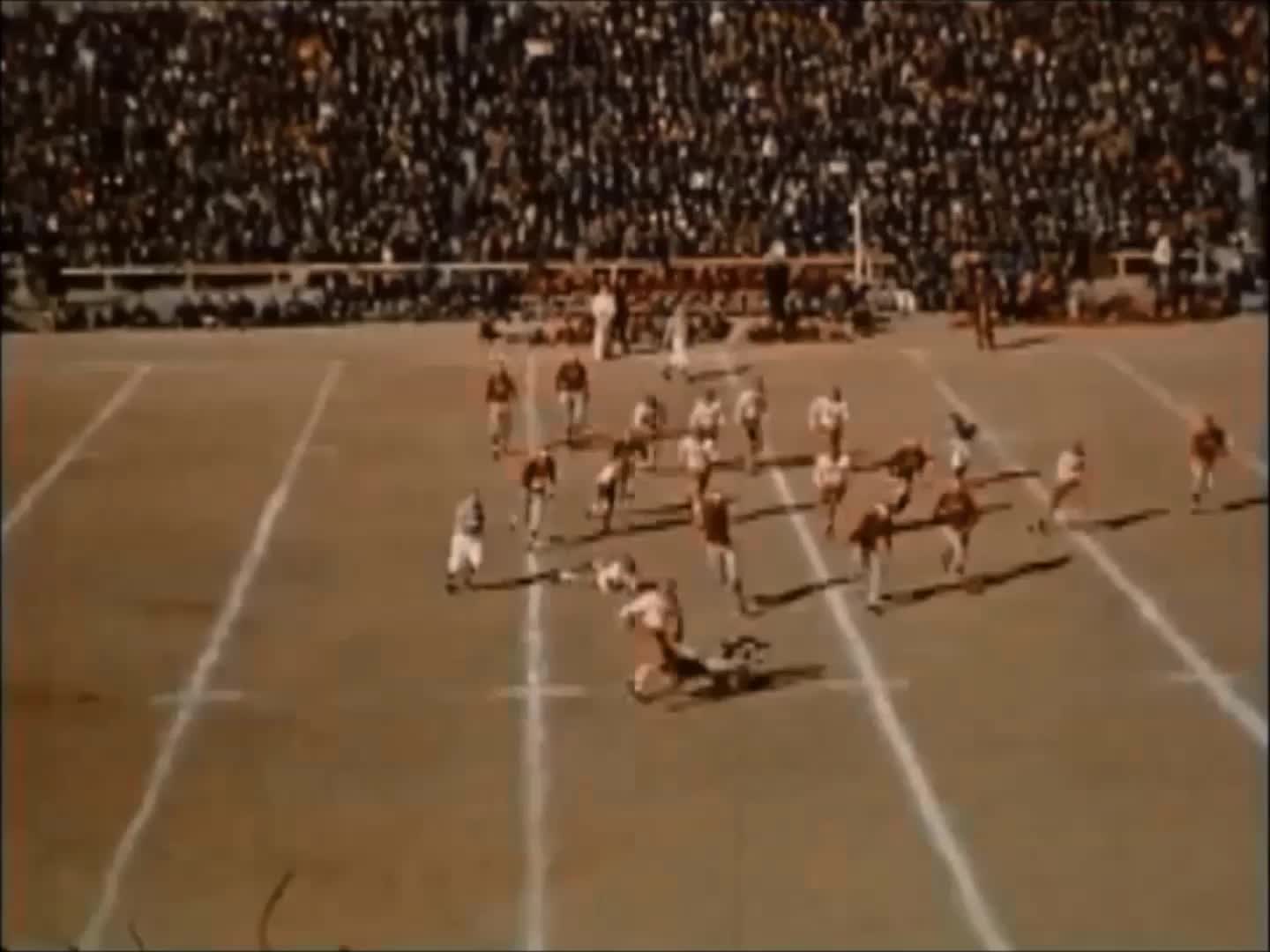
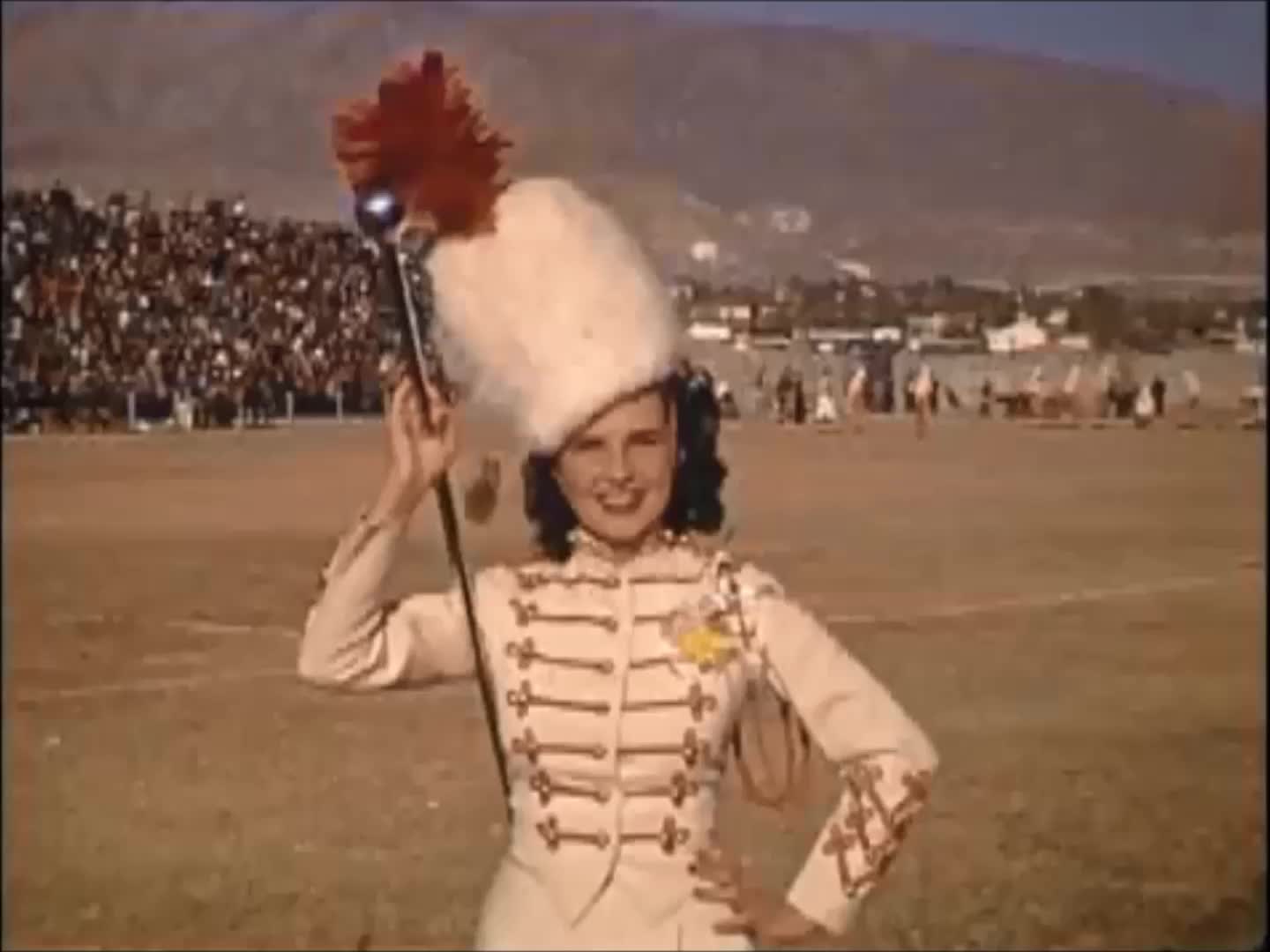
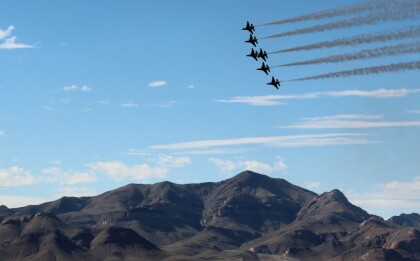
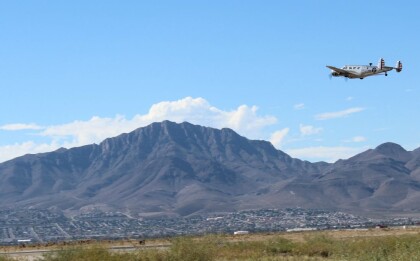
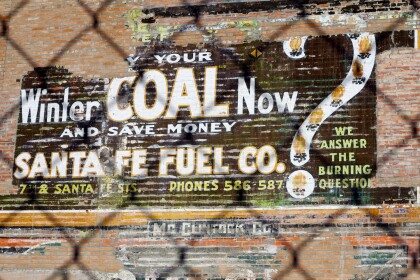
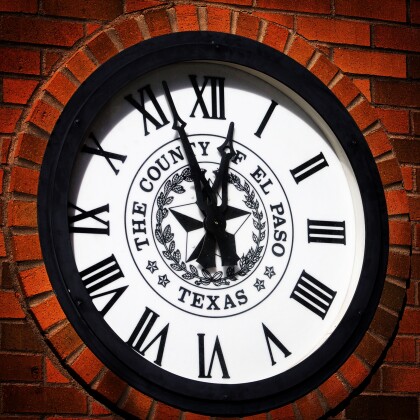
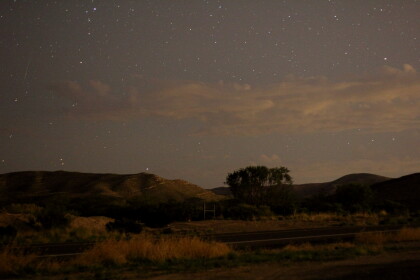
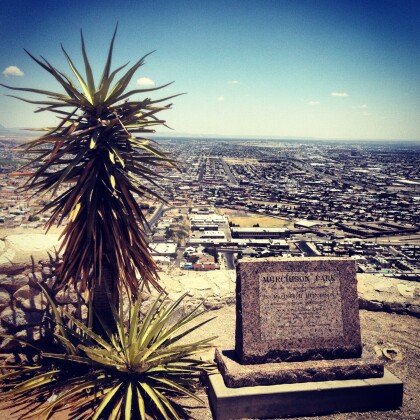
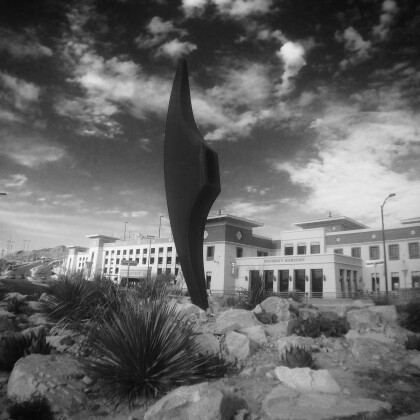
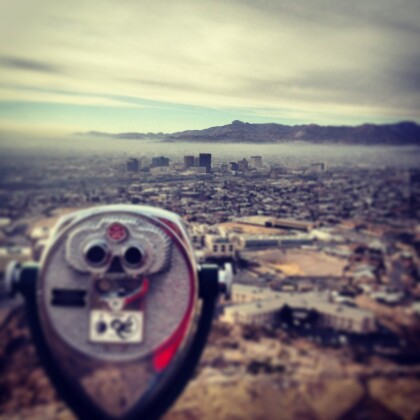
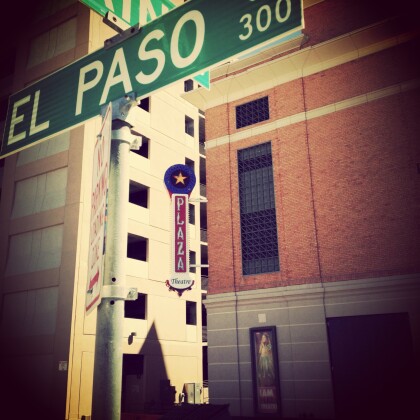
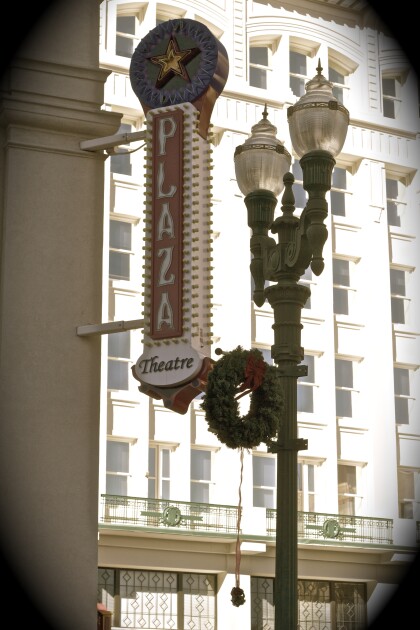
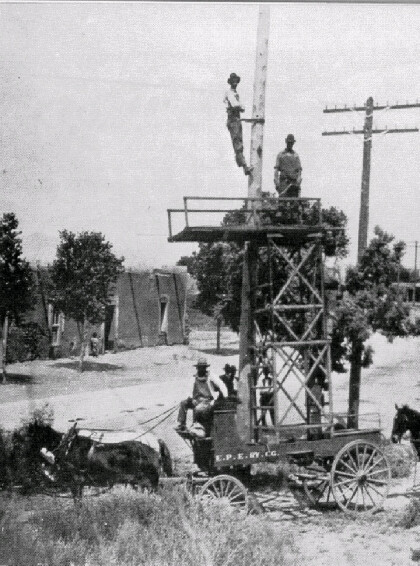
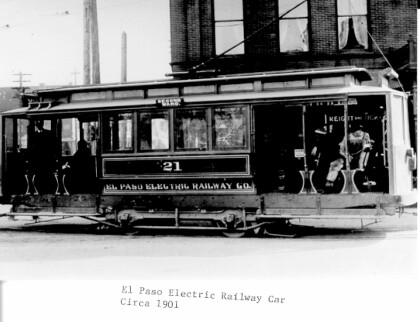
Comments
Add a comment